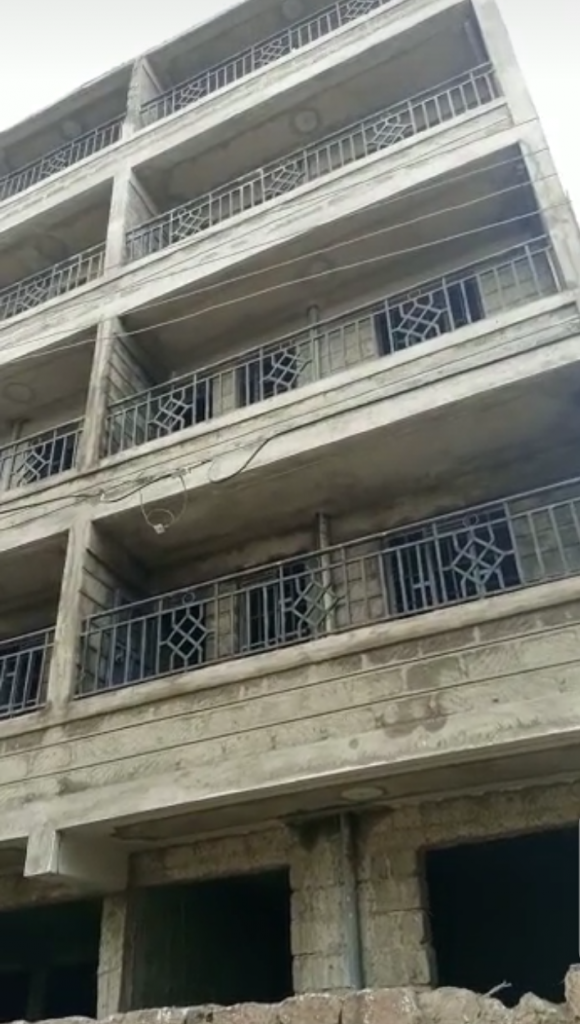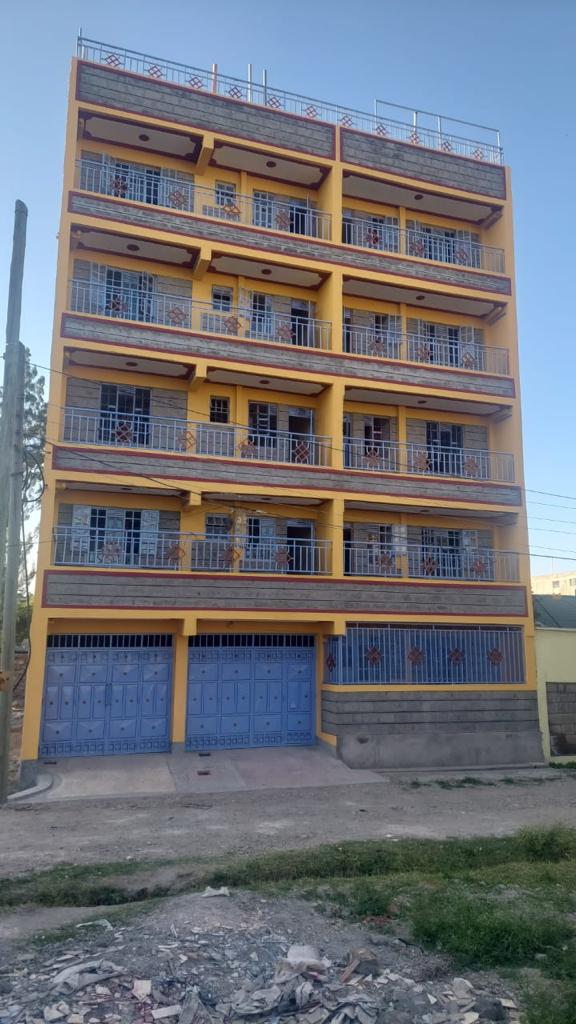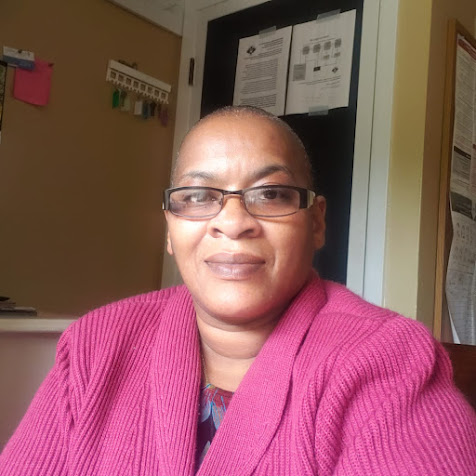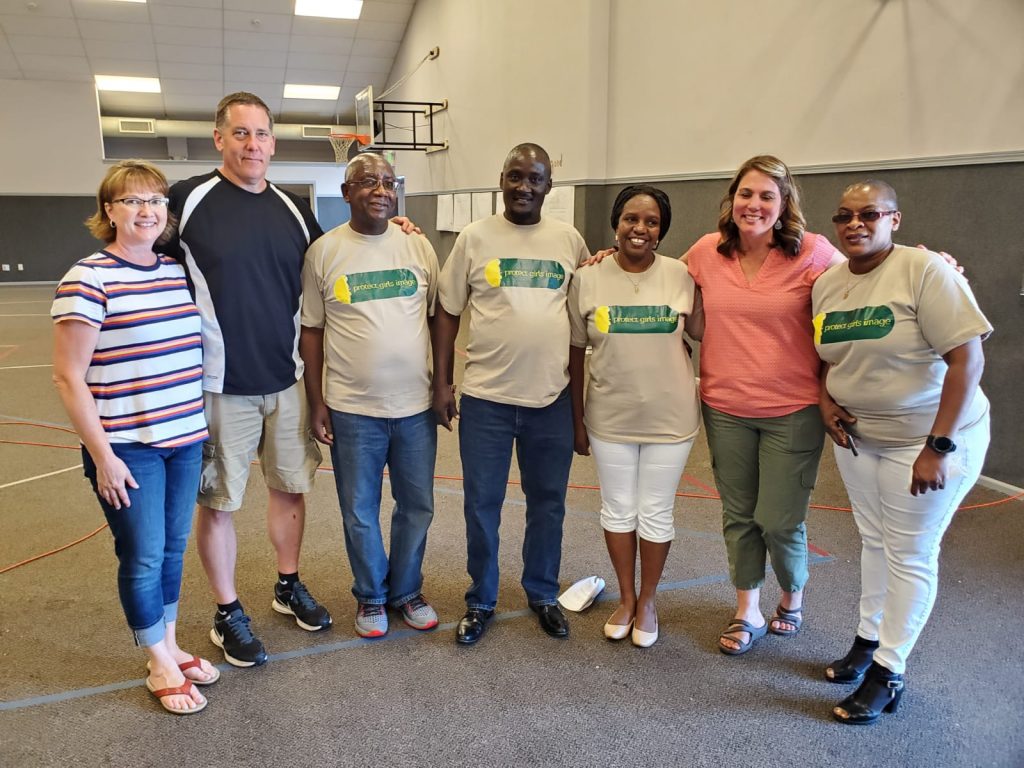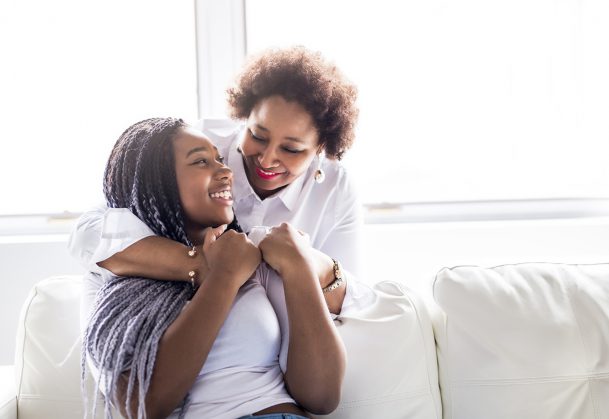What should I teach my high school-aged teen about sex and sexuality? (Age 14- 19years)
It’s normal for teens to have many questions and lots of thoughts and feelings about sex and sexuality, and parents have an important role to play. Here are some tips for talking with your teen about sex.

What should I keep in mind?
Parents really make a difference. Teens who have frequent conversations with their parents about a variety of topics related to sex are more likely to delay sex until they are older, and use condoms and other forms of birth control when they do become sexually active. Most teens name their parents as the biggest influence in their decisions about sex.
Many schools teach sex education that includes information on abstinence, safer sex, birth control, and relationships— which is great. But nothing compares to the influence you have as a parent on a day-to-day basis. That’s why talking about sex and sexuality at home is important even if your teen is getting the right facts at school.
It’s important for you to share your personal values and beliefs about sex. If you spend some time thinking about your personal values and what you’d want for your teen, it will be easier to send a clear message when you do talk about sex with your teen. Consider
- When do you think it would be acceptable for them to have sex?
- Do you want them to be in a committed relationship or married first?
- Do you want them to be out of high school?
If you are clear about your hopes for your teen, they’ll be more likely to adopt those hopes and feelings too. No matter what your expectations, it’s also important to talk about ways people can protect themselves during sex by using birth control and condoms. This will arm your teen with important information and let them know that they can talk with you about this stuff.
It’s not just about talking. Having a good relationship with your teen and setting boundaries is important, too. Talking about your values, expectations, birth control and condoms is important. But so is having a close relationship with your teen that’s based on respect for each other.
Research shows that teens are less likely to take risks — like having unprotected sex, doing drugs, drinking, or smoking — when they feel they have a close relationship with a parent. Staying involved in their life, listening to them, and sharing your life and interests with them can help you build a closer relationship with your teen.
Setting boundaries for your teen can also help them avoid risky situations. Here are some things you can do:
- Limit the amount of time your teen is allowed to spend with other teens without an adult around.
- Discourage your teen from having friends who are much older than them.
- Get to know your teen’s friends and (if possible) their parents.
- Ask your teen about where they’re going and where they’ve been.
- Give your teen a curfew.
How do I help my teen wait to have sex until they’re ready?
In addition to talking with them about your hopes for them around sex, it helps to understand why teens may be motivated to have sex. Here are 7 common reasons teens choose to have sex and some suggestions for how you can respond to them:
1. “I’ll feel more grown up.”
As they physically mature and have more and more independence, some teens feel they’re ready for sex and that having it will make them even more mature and independent.
Possible ways to respond:
- “I can understand you wanting to feel more grown up. What are some others ways that you can feel grown up without having sex?”
- “If you have sex and something unexpected happens, like getting pregnant or getting an STD, how would you handle that? How would that affect your future?”
- “Being grown up means dealing with the responsibilities that go along with sex. Can you tell me what you think those responsibilities are?”
2. “I know I would enjoy sex.”
For many teens, life is about the “right here” and “right now.” Teens may have a hard time weighing the short-term benefits — physical pleasure or emotional satisfaction — against the possible, and more serious, consequences — STDs and/or unintended pregnancy. And before being able to really enjoy sex, your teen and their partner need to have consent.
Possible ways to respond:
- “Sex might seem like a good idea right now, but it can have some serious consequences. Have you thought about pregnancy or STDs?”
- “I know you think it’ll feel good to have sex. But there are a lot of ways to feel good and be close to someone without having sex.”
- “Sex needs to be about your enjoyment as well as your partner’s enjoyment. You have to know for sure that they want to do what you want to do. Are you ready to talk about that with your partner?”
3. “It’s okay if I have sex because everybody’s doing it.”
Teens often think that more of their peers are sexually active than actually are. Give your teen the facts.
Possible ways to respond:
- “No they’re not. On average, teens start having vaginal sex at 18.”
- “Many teens who’ve had sex say they wish they’d waited.”
4. “I believe in having sex if I truly love the other person.” / “I want to feel closer to my partner.” / “Having sex is the best way to show my partner I love them.”
Many teens believe that they’ll lose their partner if they don’t have sex. Others believe that they need to have sex to show their partners that they love them. And teens may not think about other ways of showing their feelings besides having sex.
They also need to know that pressuring your partner to have sex is never okay, and can be a sign of an unhealthy or abusive relationship.
Possible ways to respond:
- “In a truly loving relationship, your partner respects you and doesn’t pressure you to have sex. Is your [boyfriend/girlfriend/partner] pressuring you?”
- “Sex can be a special way of sharing love with someone. But you should be loved whether or not you have sex. Let’s think of other ways you can share love without having sex.”
5. “I know people who had sex at a young age, so why can’t I?” / “You had sex at a young age — I can handle the consequences just like you did.”
People don’t always tell the whole story when it comes to how they deal with the responsibilities and consequences of sex. And because their brains aren’t fully developed, teens can’t realistically think through all the risks that having sex poses. You can help your teen with this — you might choose to tell your own story as one way to do that.
Possible ways to respond:
- “It’s true. I had sex when I was your age, so it’s probably confusing for me to suggest you wait. But I really wish I’d waited longer. I wasn’t ready and I had to go through a lot because of it.”
- “When I was in high school I thought that I would stay with my partner forever. But I’m glad I waited to have sex, that I used birth control and condoms. I got to go to school, get a job, and have money of my own before I had a child.”
6. “If I have sex, I’ll finally know what it’s like.”
For many teens, curiosity plays a big role in choosing to have sex.
Possible way to respond:
- “I can understand why you might be curious, but that’s not a good reason to have sex. Sex is a really important decision.”
7. “Other people will like me more if I have sex.”
Many teens believe that they’ll be more popular with their peers and more attractive to their crushes if they have sex. You can help them understand that sex should be about how you feel, and not about what people think of you.
Possible ways to respond:
- “It may seem like sex is a good way to become popular, but that’s not a good reason to do it. You should only have sex because you want to and because the time is right for you.”
- “How do you think your friends feel about you having sex? Do you think that’s what a true friend would think? Do you feel pressured?”
You can support them in waiting even more by helping them think through how they’ll say no to sex in the moment. Ask them what they think someone might say to convince them they should have sex. They can practice what they’ll say back. They might come up with things like:
- “It’s just not for me.”
- “We are too young for that responsibility.”
- “My plans for the future are more important than having sex right now.”
- “I don’t feel like it.”
- “Why are you trying so hard when I told you, ‘no’?”
- “My mom would be really upset.”
- “I might get sick or pregnant.”
- “It’s against my religion.”
- “NO.”
How do I talk to my teen about STDs and safer sex?
STDs are super common, and most people will get one at some point in their lives. Young people in the US ages 15-24 have the highest risk of getting an STD — they make up a small part of the sexually active population, but get half of all new STDs each year.
You don’t need to be an expert in sexual health to help your teen avoid STDs. Encourage your teen to learn about safer sex. You can even read about it together. Let them know that if they’re going to have sex, you expect them to use protection, like a condom, every single time. If they might have vaginal sex, it’s also important to talk about birth control. Remind your teen that no matter what, you love them, and they can always come to you if they’re worried about STDs or anything else.
Here are some really important things your teen needs to understand when it comes to safer sex:
- Every time you have vaginal, anal, or oral sex without a condom or dental dam, you’re putting yourself at risk for STDs. Teens don’t always think oral sex counts as “sex,” and they don’t know that they can catch an STD that way.
- STDs don’t always have symptoms. Most people actually don’t have any symptoms when they have an STD, so they don’t even know they have one. But they can still spread them to other people and cause problems.
- Getting tested for STDs is really easy. While it’s great if your teen comes to you for help getting tested, they should know that they don’t need parental permission to get tested for STDs. They can always go to a local health center like Planned Parenthood to get tested if they’re worried about something, if the condom breaks, or if they didn’t use a condom.
How do I talk to my teen about masturbation?
It’s totally normal for teens to masturbate. Masturbation is safe, pleasurable, can reduce stress or period-related cramps and has no bad side effects. It’s also the safest sex there is. There’s no need to be alarmed if you find out your teen is masturbating. Masturbating can satisfy sexual feeling and help teens get to know their own bodies.
Teens hear lots of myths about masturbation — that only guys do it, or that everybody does it so if they don’t do it that means they’re “weird.” The truth is that people of all genders masturbate, but not everybody does it. It’s normal if you do it, and it’s normal and OK if you don’t. Letting your teens know these facts can help them to deal with the myths they may hear.
During adolescence, teens tend to desire more privacy and feel more self-conscious about their bodies. Whether they masturbate or not, your teen is probably going to want more privacy than they did when they were younger. So let them keep their bedroom door closed if they want and knock before you go into their room.
But what if you forget to knock and walk in on your teen masturbating? Find a quiet time later on to let them know that what they were doing is normal. And tell them you’ll try harder to respect their privacy. You’ll both probably be embarrassed about it, but that’s ok.
How do I talk to my teen about pornography?
Pornography or sexually explicit pictures and videos are easy to find. In fact, many children and teens first see porn accidentally when they are looking for something else online. It’s very likely your teen has seen some porn on the internet — and some teens are watching it regularly.
Most young people who look at pornography do so out of curiosity about other people’s bodies and about sex. But porn can lead to unrealistic expectations. So let your teen know that porn sex isn’t like real sex.
For example, the models’ and actors’ bodies usually don’t look like the average person’s body. Their bodies are cosmetically, and often surgically or hormonally, enhanced. The kinds of sex that people have in pornography generally doesn’t reflect what people do and like to do when they have sex in real life and the amount of time it takes for people to get excited and that they stay excited in porn is usually completely unrealistic.
Another example of negative messages in pornography is the lack of communication between actors — verbal or nonverbal — before, during, and after sex. They usually don’t ask for consent, which is always a must in real-life sex. And the actors in pornography don’t usually appear to use birth control or condoms.
Was this information useful? Follow us on social media



